This is an easy-to-understand paraphrase of biotechnology that should get to the heart of the matter. Otherwise, experts have agreed on the following definition used by the Organization for Economic Cooperation and Development (OECD): "The application of science and technology to living organisms, as well as parts, products and models thereof, to alter living or non-living materials for the production of knowledge, goods and services".
Biological organisms such as humans, animals, plants and many fungi consist of cells. In humans, there are 100,000,000,000 of them, i.e. 100 trillion.
Cells have ordered structures such as nuclei, membranes, mitochondria, ribosomes, vesicles, microtubules and many others. Via chemical, physical and informational processes, these structures fulfill a variety of functions.
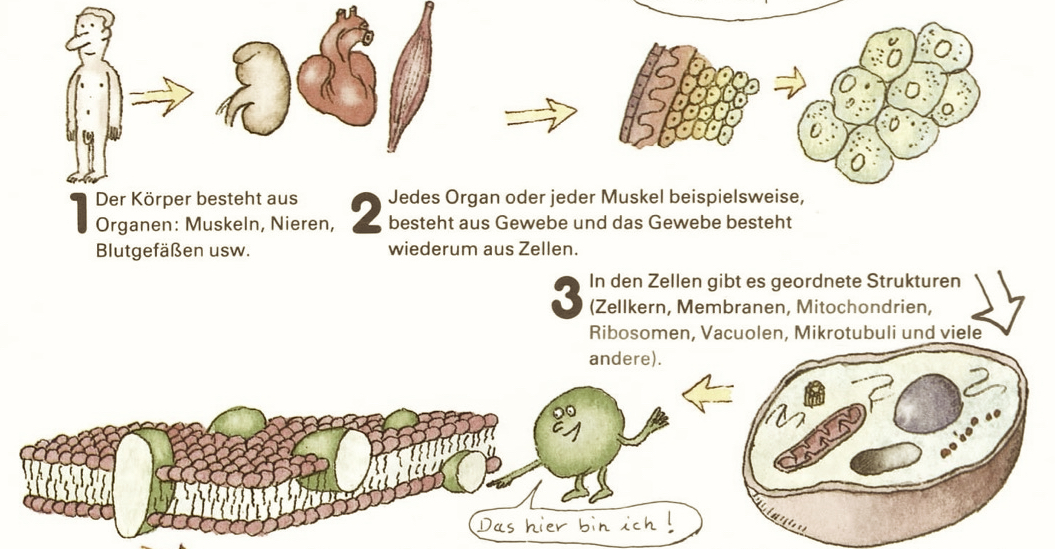
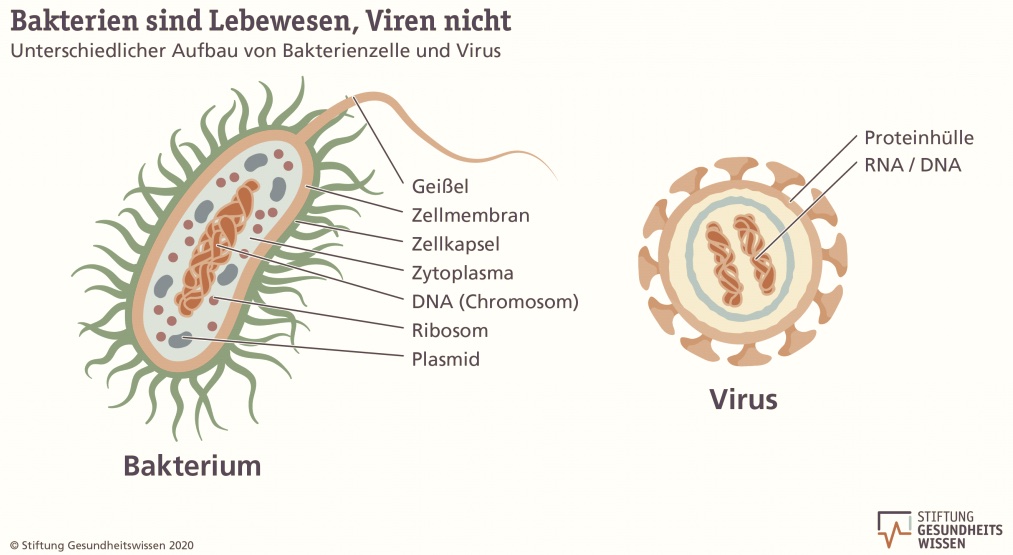
Bacteria are single-celled organisms without a cell nucleus, their DNA is freely present in the cytoplasm (liquid basic substance of a cell). Their structure is simpler, they have no mitochondria. The energy production, which otherwise takes place there, also takes place in the cytoplasm. The necessary proteins are also produced in ribosomes.
Viruses consist only of genetic information and a protein envelope. They have no metabolism of their own, so they cannot "live" by themselves and are dependent on a host for reproduction.
Cells work like a factory.
In this, there are, for example, the production (production roads), transport routes, a power plant, the management, warehouses and gates. Corresponding functions are performed in cells by the structures: ribosomes, endoplasmic reticulum, mitochondria, the cell nucleus, vesicles and pores.
The cell nucleus contains the genetic information DNA, the universal construction and action plan of biological organisms. It is converted into proteins in the ribosomes, which in turn perform a variety of functions, such as in metabolism.
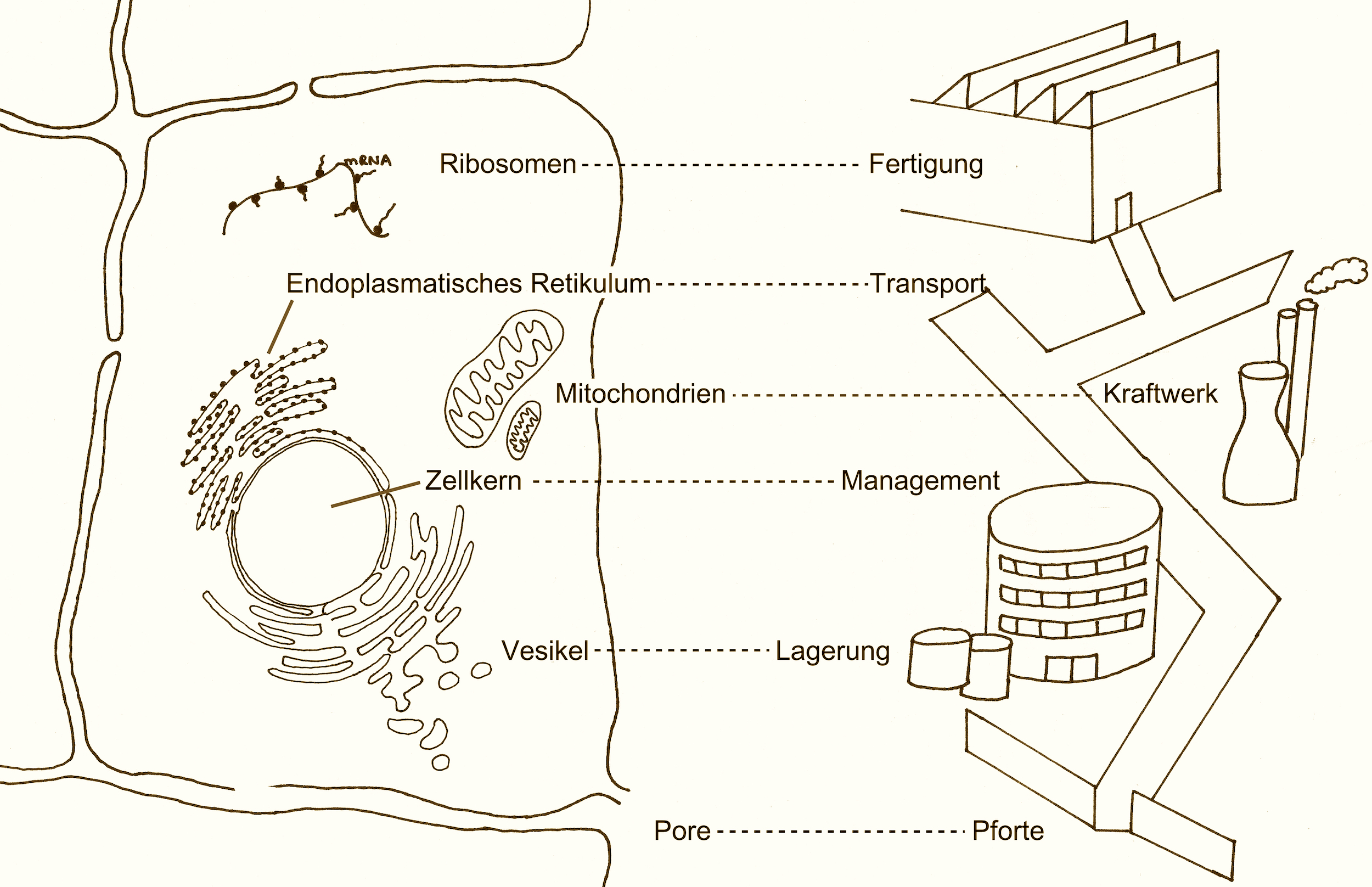
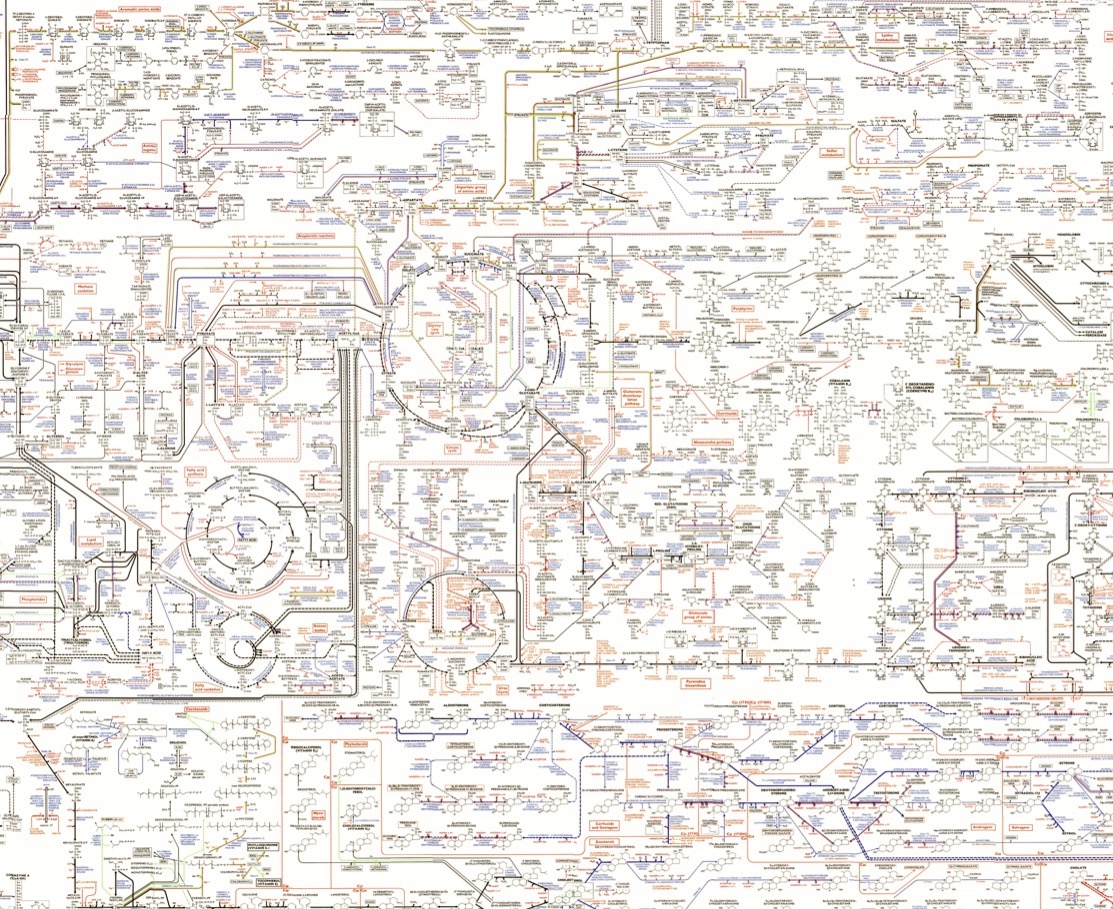
Metabolism in cells and bacteria is a highly complex process. In sophisticated control loops, it processes information, it builds, converts and breaks down substances (molecules) and it converts energy. Evolution has been optimizing this production technology for millions of years. Human, animal and plant cells, as well as fungi and bacteria, can use it to manufacture a wide range of products: from food to pure drinking water and bioplastics to vaccines and medicines.
This is the core principle of biotechnology, the fermentative production of substances.
Biotechnology has been used for more than 5,000 years, well before Christ. People used micro organisms (starter cultures) or their components for the biotechnological production of bread, vinegar, wine and beer. Today, biotechnology also provides life-saving therapies and vaccines. And in the future, it will be able to make a significant contribution to climate protection.
In the past, however, it was not known which biochemical processes were involved and which agent was behind them. It was a handicraft that had been handed down.
It was not until the 17th century that the researchers Hooke and van Leeuwenhoek - the inventor of the microscope - described plant and human cells and micro organisms. In 1697, the German chemist and physician Stahl published the work "Zymotechnia fundamentalis oder Allgemeine Grund-Erkänntniß der Gährungs-Kunst".
It took another 100 years until the chemist de Lavoisier observed and described alcoholic fermentation for the first time in France in 1793. Less than 50 years later, in 1837, the two German researchers Schwann and Kützing independently demonstrated the importance of yeast fungi in alcoholic fermentation.
The foundation stone of applied microbiology was then laid by the famous French chemist Pasteur with his discoveries from the middle of the 19th century.
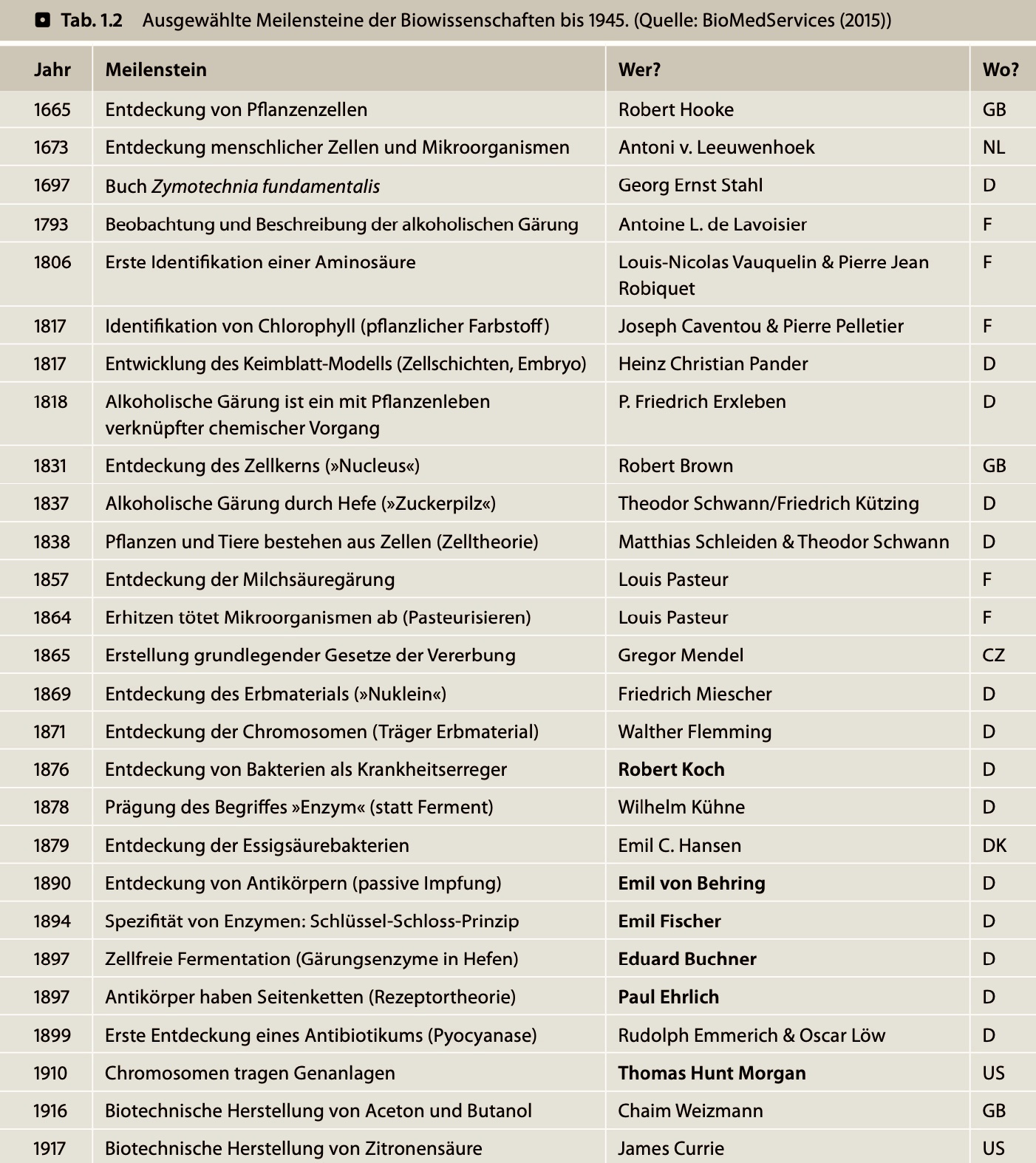
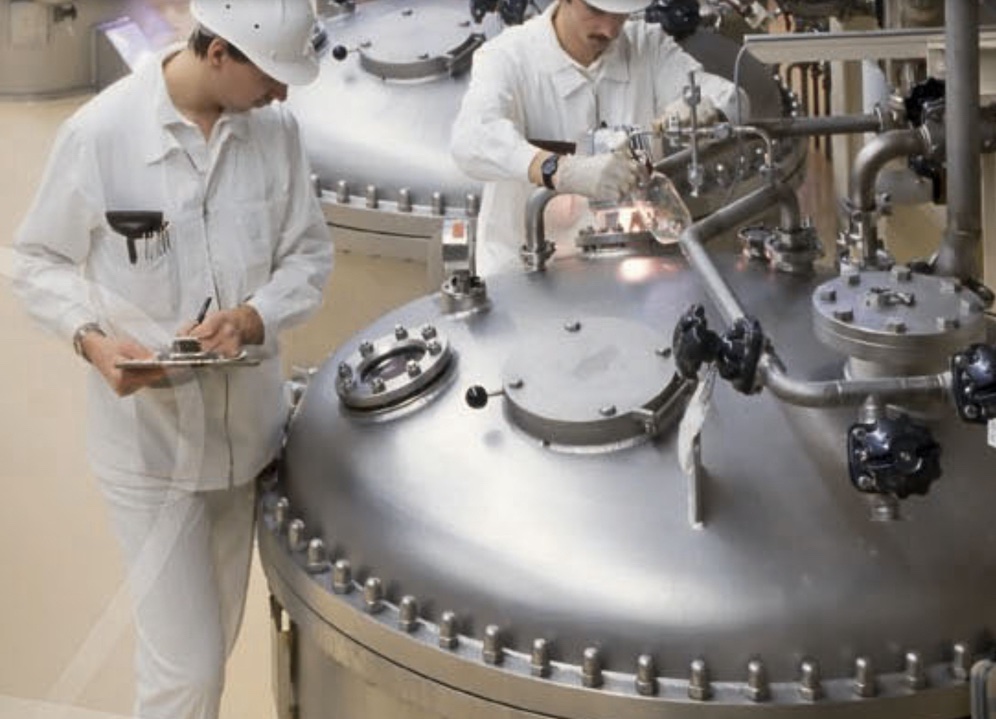
The first fermentations on an industrial scale took place from the beginning of the 20th century for the production of chemicals such as butanol, acetone, ethanol and citric acid, and for the biomass production of baker's and feed yeast. During World War I (1914-1918), microbial fabrication of acetone and glycerol (raw materials for explosives) allowed the fermentation industry to get its first boost.
Thus, this type of biotech industry has existed for more than 100 years. Today, highly engineered production of biopharmaceuticals under clean room conditions in modern fermenters (metal vessels) is added, based on advances in molecular biology.
In the meantime, there are also cell-free fermentations or productions in which only reactive cell components are used, for example enzymes. These are proteins that act as catalysts to accelerate bio-chemical reactions.
Improved medicines? Plastic cups made from renewable raw materials? Environmentally friendly bleached jeans? Vitamins produced biologically instead of chemically? Fragrant refreshing spray? Detergent enzymes that work at 20 degrees? Without users realizing it, biotechnology is part of everyday life.
Molecular biology, i.e., the elucidation of fundamental structures and mechanisms related to DNA and other important cellular components and processes at the molecular level, has greatly enhanced the potential of biotech. This era began almost 80 years ago when, in 1944, the U.S. molecular biologist Avery established that deoxyribonucleic acids (DNA), not proteins, are the carriers of genetic information. In 1869, however, Miescher in Tübingen already described the "genetic material" itself as "nuclein" (from nucleus, Latin for nucleus) without knowing its chemical composition.
DNA was elucidated in 1953 based on X-ray structural analyses by the British chemist Franklin. Thus, the likewise British researchers Watson & Crick created the 3-dimensional structural model of the DNA double helix known today.
DNA looks like a twisted rope ladder: lateral "ropes" consisting of alternating sugar molecules (deoxyribose) and phosphate groups, and four different organic bases as rungs. They are called adenine, cytosine, guanine, and thymine, often abbreviated as A, C, G, and T. Sugar, phosphate, and base form a repeating building block called a nucleotide.
These are the letters of life that universally encode blueprints for proteins in all cells (human, animal, plant, fungal and bacterial) and even in viruses as a program. It is comparable with a computer, which functions with a binary code - the states 1 (current on) and 0 (current off) - and/or appropriate programs, which form combinations with information content from 1 and 0.
In biology this code consists even of four variables, letters from which texts (instructions) can be formed. A virus has about three thousand, a bacterium about three million and a human cell about three billion letters in its genetic program.
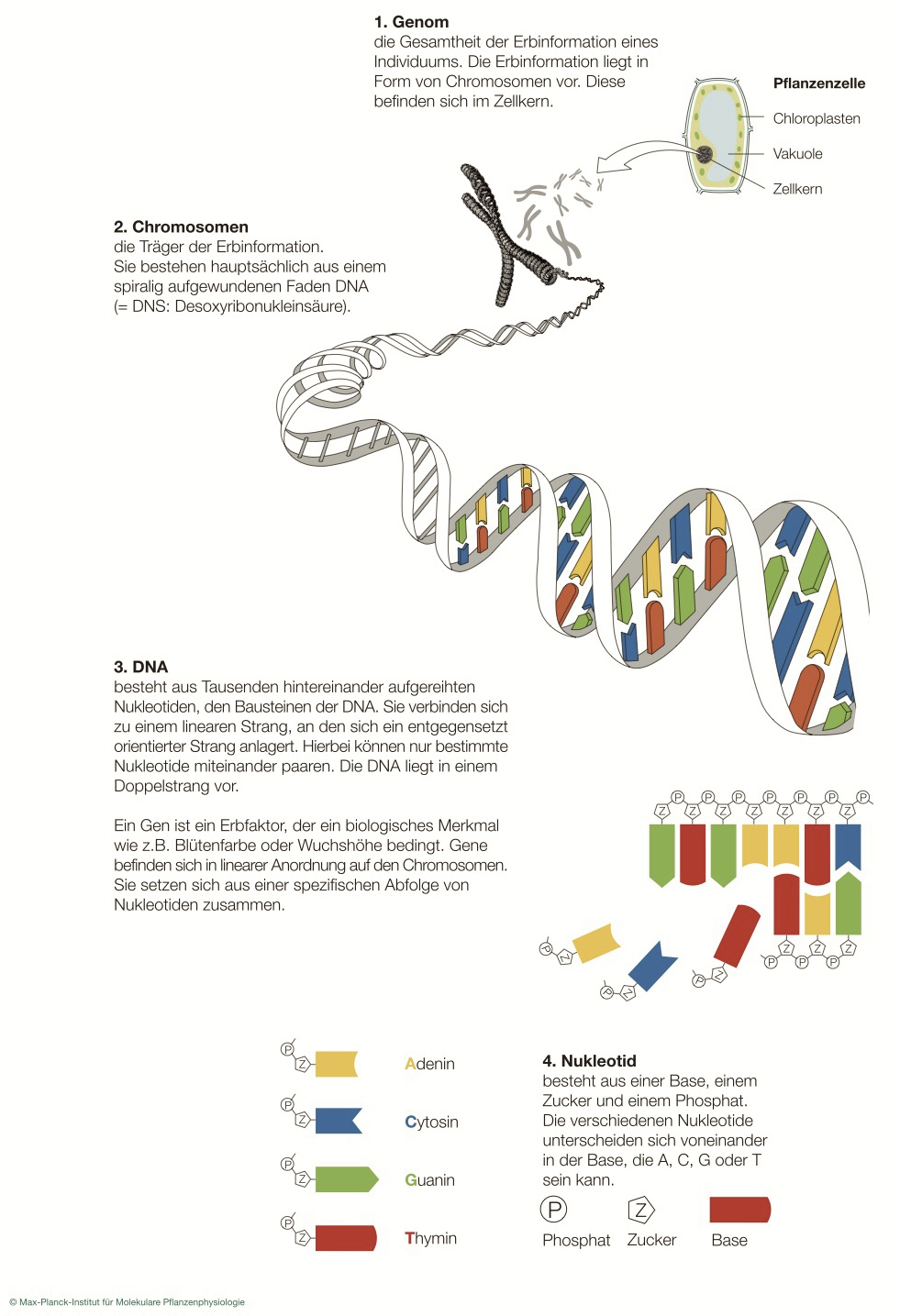
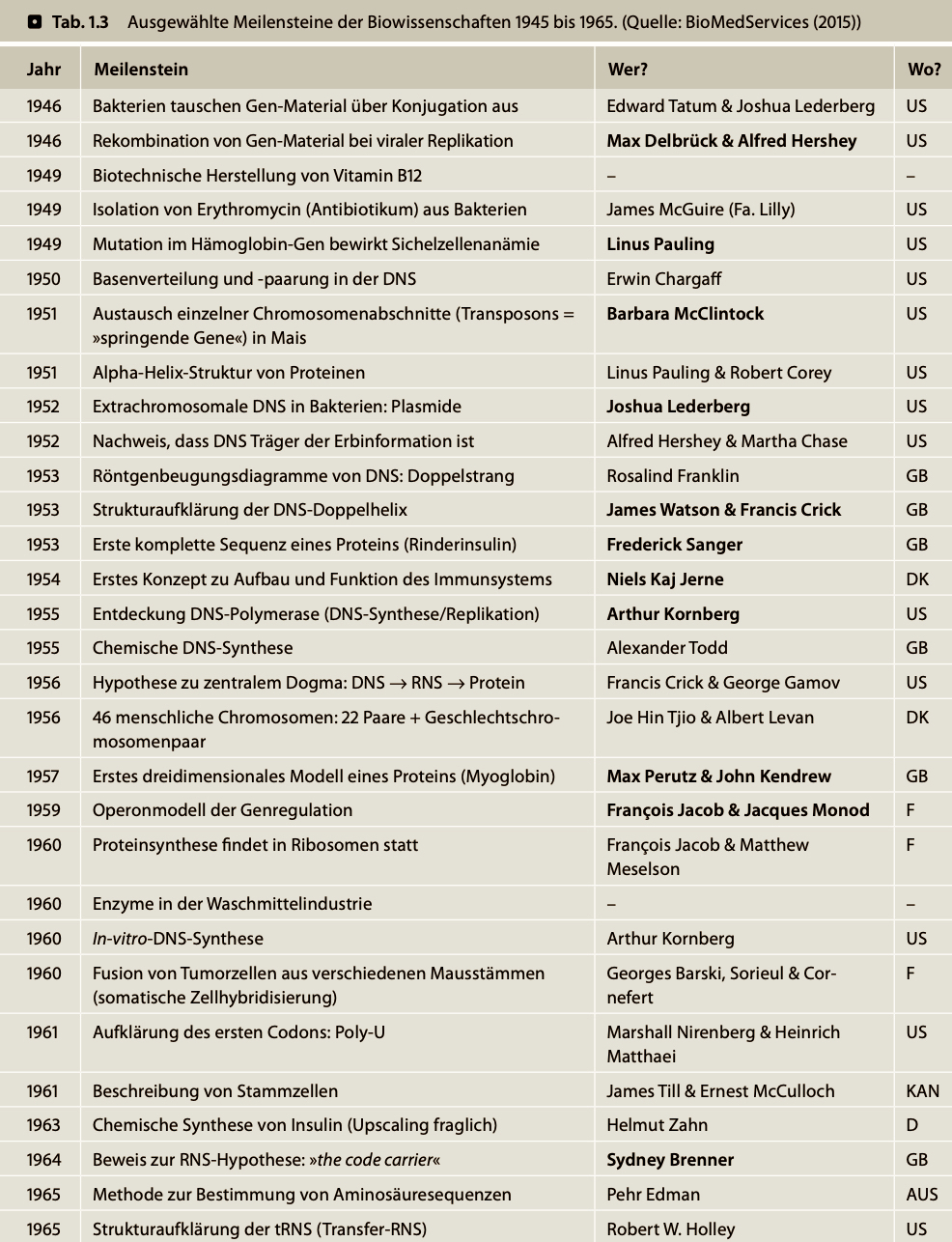
Overall, the 20 or so years from the mid-1940s to the mid-1960s contributed greatly to the elucidation of many fundamentals of the structure and function of DNA and proteins. Modern biotechnology with its central dogma DNA→RNA→Protein is based on this: a copy of the DNA blueprint is created (transcription), the so-called messenger RNA (mRNA), which brings the building instructions for the proteins from the cell nucleus to their manufacturing sites, the ribosomes. In 1956, Crick & Gamov in the U.S. postulated this important principle.
Another important elucidation was translation: how is the program copied the mRNA translated into proteins in the ribosomes? In the early to mid-1960s, the model of the genetic code was established, which sets rules for which base sequence (always 3 = triplet) codes for which protein building block.
The building blocks of proteins are amino acids, which form chains which create 3-dimensional structures. The sequence of letters in the DNA (DNA sequence) thus determines the sequence of amino acid building blocks in proteins (protein sequence).
In addition, the structure of transfer RNA (tRNA) was clarified. On the one site, it carries matching codes for the mRNA, and on the other, one of 20 different amino acids from which proteins are built.
From the mid-1960s to the early 1980s, in over 15 years, basic genetic techniques were researched and developed, making possible the first recombinantly produced biotech drug, human insulin.
Prior to this, insulin was isolated from the pancreas of slaughtered animals in a complex and expensive process - up to 100 porcine pancreases were needed per diabetic patient per year. Some of the patients treated with animal insulin showed dangerous allergic reactions. To meet the needs of 200 billion diabetics worldwide (2008 figures), 20 billion pigs would have to be slaughtered annually. For meat production, it were about one billion worldwide at the time.
Recombinant means that the gene for human insulin is inserted into bacterial genetic information with the result that the bacteria then produce human insulin. Recombination is a natural process in biology and means the formation of a new combination of genes in the course of cell divisions. Recombination and mutation (changes in genes) cause genetic variability within populations in nature. The entire evolution is based on these changes or adaptations.
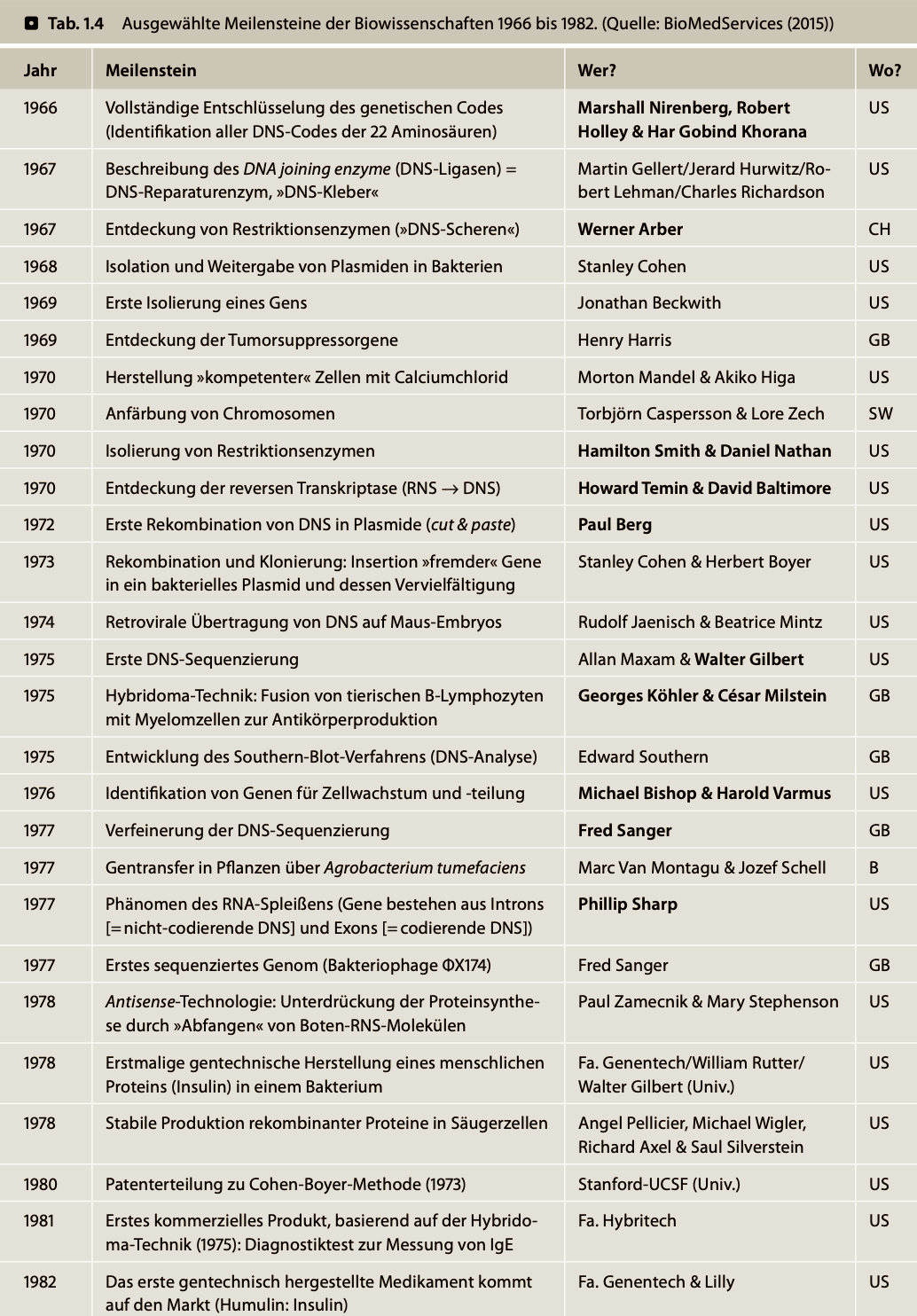
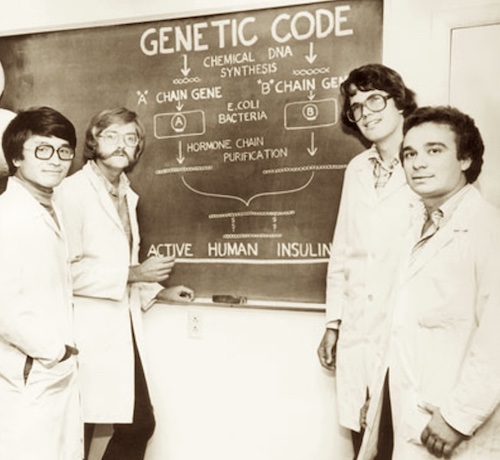
The coup for bacterial production of recombinant insulin was first achieved in 1978 by a research group at the City of Hope Medical Research Center in Pasadena, California. This was done in collaboration with Genentech, which was founded in 1974 by venture capitalist Swanson and biochemist Boyer in San Francisco. In the early 1970s, Boyer had been a co-inventor of the DNA recombination technique. It was certainly of no small significance that Swanson himself had studied chemistry and then completed a post-graduate program in business administration. He then went into the VC business and brought relevant experience to the start-up.
The development of recombinant insulin was a heated head-to-head race between various research groups. Genentech's team was ahead and the young company succeeded in entering into a cooperation agreement with the U.S. pharmaceutical company Eli Lilly. In 1982, Eli Lilly launched the first genetically engineered drug, Humulin.
Almost 40 years later, in 2020/21, the beneficial use of genetic engineering led to the rapid development of an mRNA vaccine against COVID-19.
The mRNA technology is quite different from the classical approach of genetically engineered drugs such as insulin or therapeutic antibodies. mRNA stands for messenger RNA. It transmits a message, namely the building instructions for proteins, which is basically laid down in the genetic information DNA like a software.
As the transmitter of the original instructions, mRNA acts like a copied program that has been pulled onto a USB stick to run on a computer. The computer here is the human body, which receives via the mRNA a program for protein production, what the body's own machinery then implements in the ribosomes.
The human being thus produces his own drug or vaccine (parts of the viral envelope); the detour of genetic engineering production in bacteria or cells in a fermenter is omitted. Only the mRNA itself or its DNA precursor is manufactured by fermentation with the aid of cell cultures.
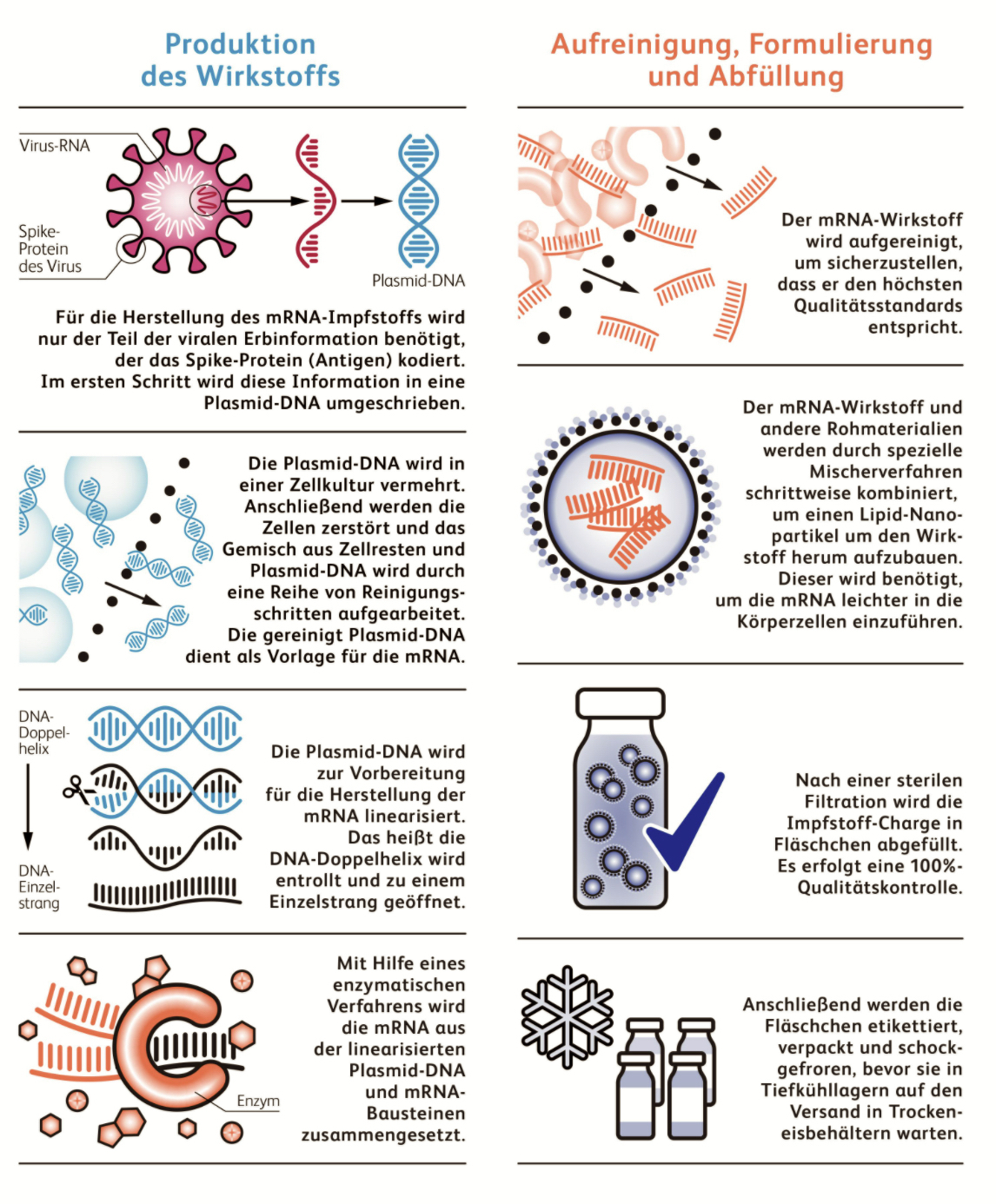
Genetic engineering comprises all methods and processes for the identification, isolation, characterization, synthesis, modification and transfer of genetic material respectively the biochemical structures DNA and RNA. For almost 50 years, genetic engineering has enabled many novelties and advantages in medicine and pharmacy, in the production of (fine) chemicals and in environmental technology as well as in agriculture. Risks are permanently researched, but unfortunately often presented in a one-sided way by opponents and mixed with arguments from non-scientific areas. The benefits in the first two areas are mostly accepted today. The application in plant breeding - in German language the so-called "green genetic engineering" - on the other hand, is very controversial in Germany and also in Europe.
Genetic engineering got its start almost 50 years ago, in 1973, when researchers Cohen & Boyer in the U.S. first carried out experiments on the recombination and cloning of DNA. They used discoveries made from 1967 onwards: DNA ligases ("DNA glues"), restriction enzymes ("DNA scissors"), and competent cells (DNA-receptive bacteria).
Using the DNA recombination technique, Cohen & Boyer succeeded in introducing "foreign" genes into the plasmid of a bacterium (insertion) and thus altering the DNA sequence of the plasmid (recombination). As the bacteria multiply, the plasmid respectively the newly integrated gene simultaneously multiplies (cloning). Plasmids are DNA rings that are naturally present in bacteria next to the main chromosome. At the same time, the bacterium produces the protein encoded on the inserted gene, experts call this protein expression.
It is thus possible to have bacteria produce actually any gene and thus protein of interest. This was first used in the medical field to replace animal insulin with human insulin produced with the help of bacteria. It was an absolute novelty to have human insulin available in sufficient quantities for diabetics since 1982!
Other endogenous proteins produced recombinantly in the early years of genetic engineering included: Growth hormone against short stature, enzyme for dissolving blood clots (heart attack therapy) or clotting factor VIII against hemophilia. Later, the production of more complex proteins, the human antibodies, was possible. These could not have been made without genetic engineering! Currently, more than 300 biopharmaceuticals produced by genetic engineering are approved in Germany.
In addition to the production of (fine) chemicals such as food additives or bio-plastics, genetic engineering can also be used to construct micro-organisms that can eliminate environmental pollution or neutralize carbon dioxide. It is also possible to produce biofuels from renewable raw materials. Another important field is the adaptation of plants to adverse growth conditions.
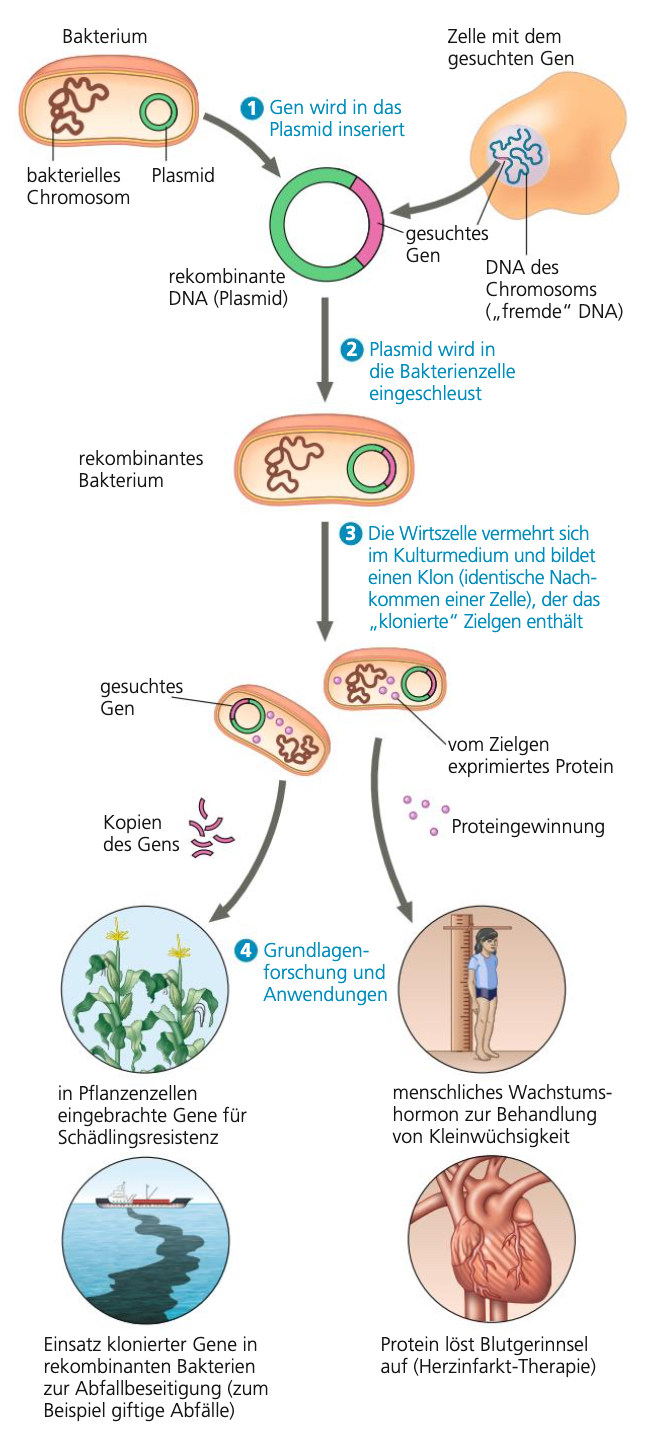
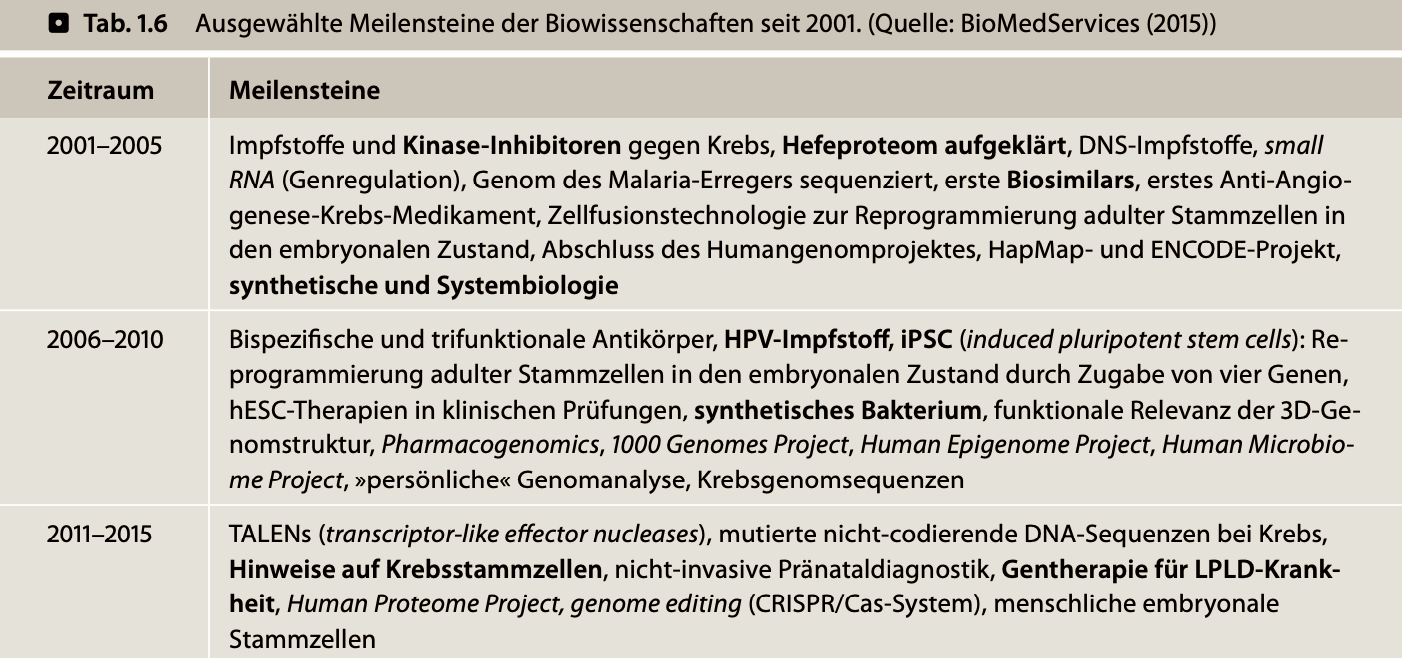
Beyond classical genetic engineering (DNA recombination), further research in molecular biology respectively modern biosciences enables further insights or applications such as: molecular diagnostics (including personal genome analysis), personalized medicine, biosimilars, bispecific and trifunctional antibodies, genome editing with CRISPR/CaS, gene therapies, cancer immunotherapies (including CAR-T and mRNA approaches) or stem cell therapies.
And the journey is always continuing. How to stay on the ball and find out what is really innovative? Take a look at Identifying Trends!
Studying genes and other bodily substances and processes on a molecular basis yields further insights into the causes of diseases, which puts medicine on a completely new footing: away from pure description and systematization and toward real biological functioning or non-functioning.
In science world jargon, terms have become established for some of these research fields, all ending with "-omics": Epigenomics, Fluxomics, Genomics, Glycomics, Interactomics, Kinomics, Lipidomics, Metabolomics, Methylomics, Microbiomics, Proteomics, Spliceomics, Transcriptomics or Variomics.
Overall, these approaches aim to better understand the entire cellular system, which is also named systems biology.
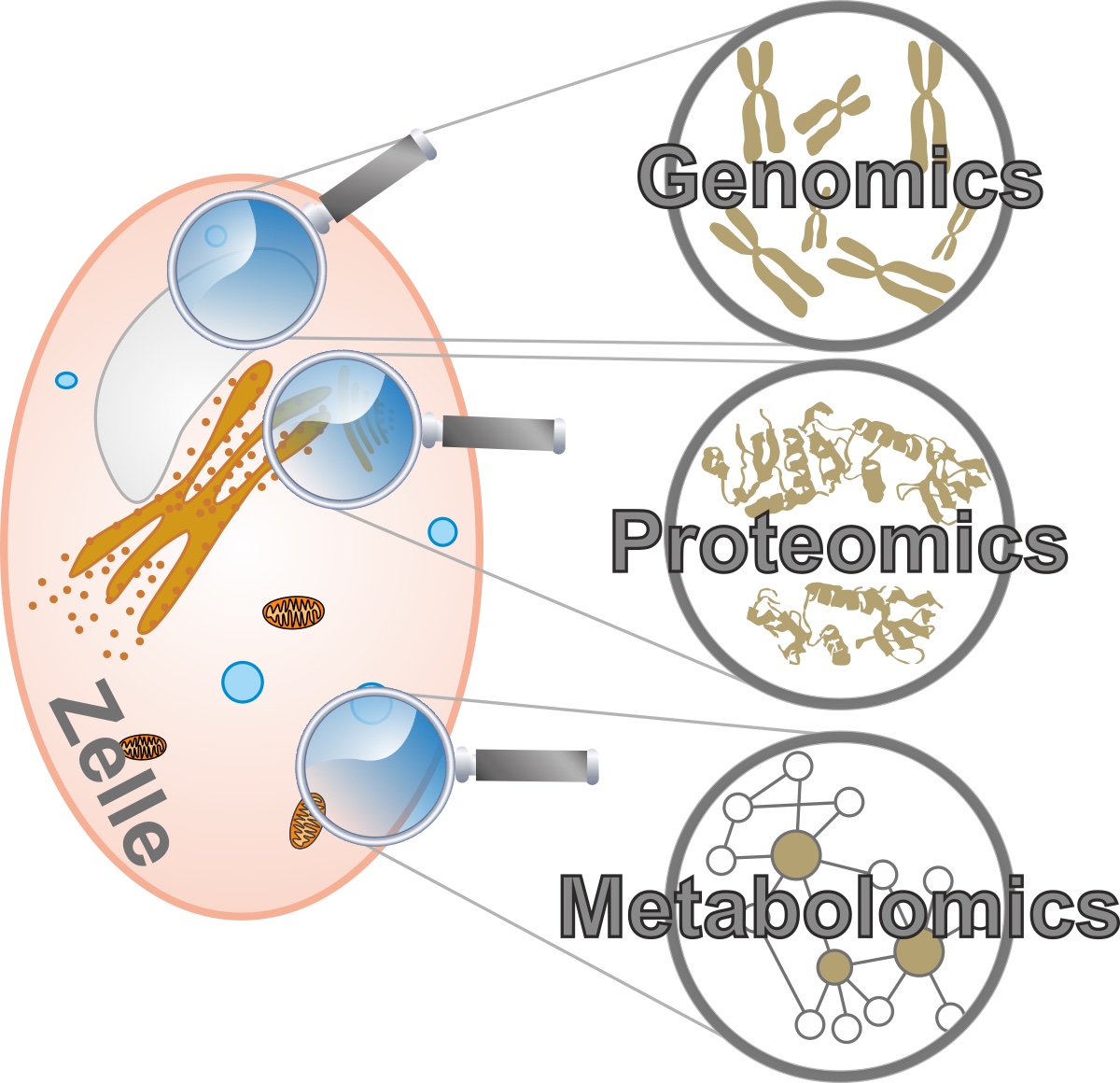
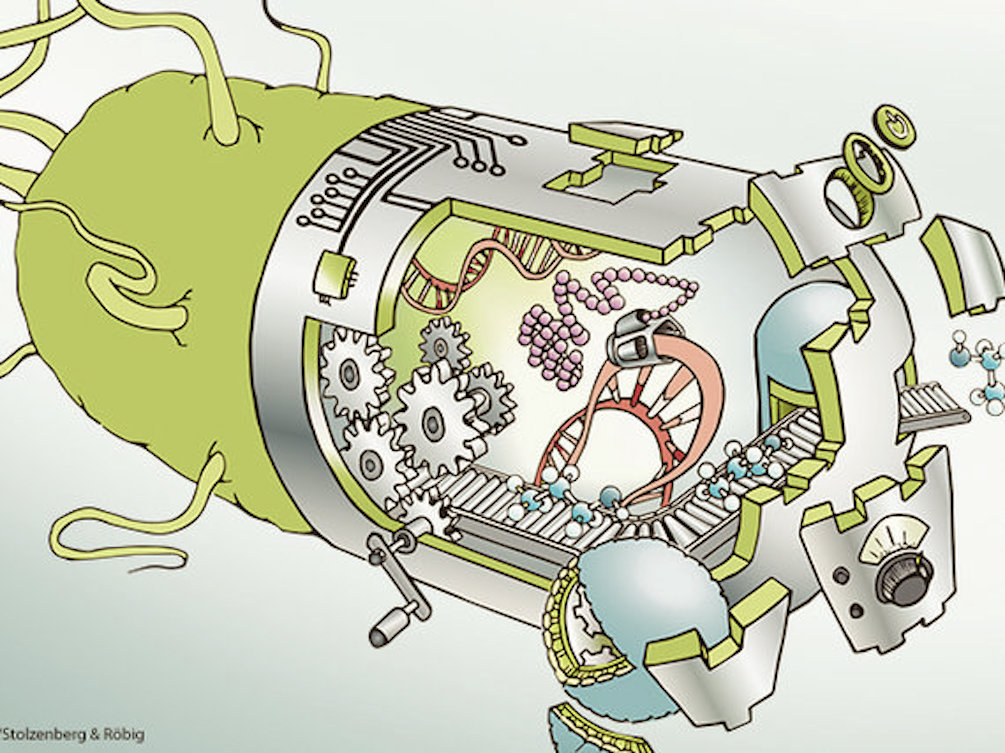
Synthetic biology (SynBio) goes beyond classical (molecular) biology, as it combines construction principles from engineering sciences with the design of biological systems: For example, bioinformatic methods enable models of changes and their effects; using standardized individual parts (modules), is intended to increase the predictability of results.
The aim is to produce and use biological systems with tailored functions. These include systems that process information, produce or modify chemicals, generate materials and structures, and generate energy. This is done by synthesizing genes and genomes, designing genetic circuits and metabolic pathways, as well as constructing minimal cells with reduced genomes or generating protocells.
It is a kind of "bioengineering work" that combines the disciplines of chemistry, biotechnology, molecular biology, and information technology as well as engineering sciences.
These developments and other interesting fields such as bioelectronics allow us to speak of a megatrend of BioRevolution, which also includes the aspect of the biologization of industry. Evolution has produced a highly optimized technology with biological principles, in combination with those from chemistry and physics.
A lot of technical terms and new ways of thinking at once? Understanding Biotech aims to present this in a generally understandable way to interested target groups in the Biotech.College project.
Please contact us to stay up to date on this.